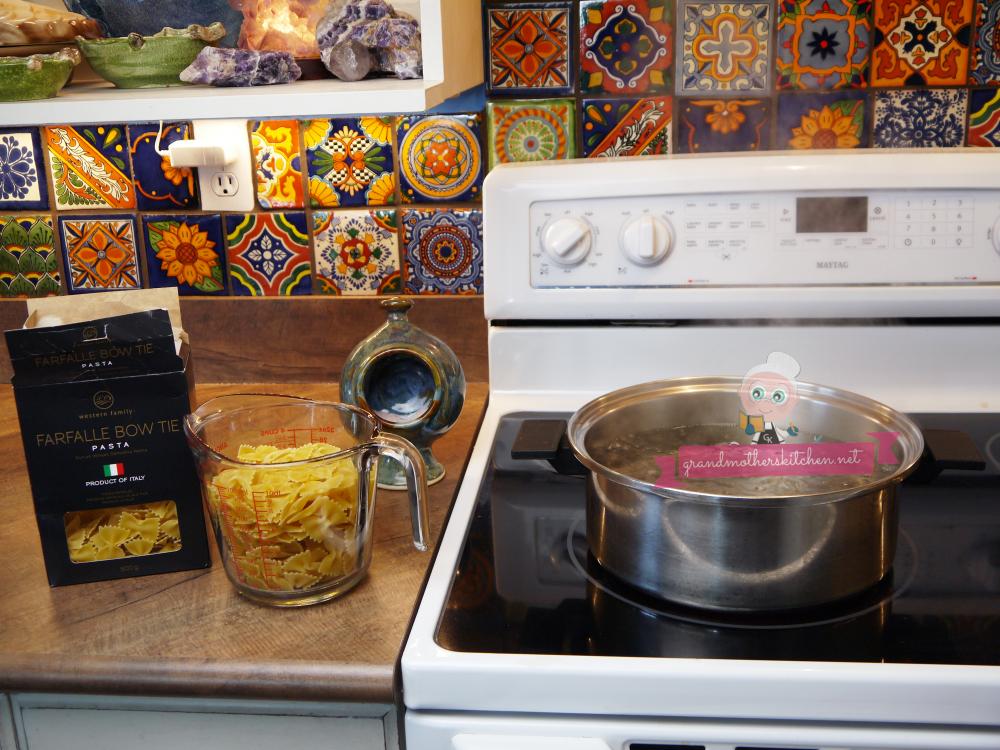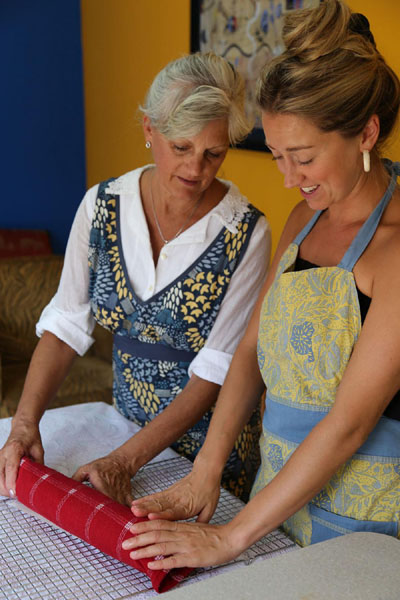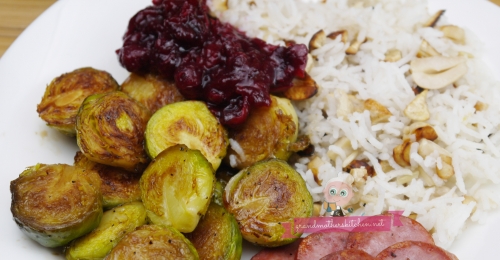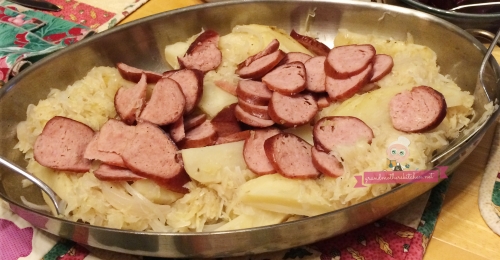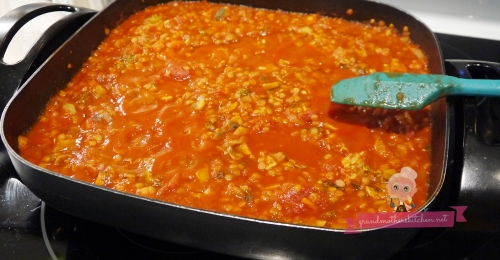How To Cook Pasta

About this Recipe
Did you know that pasta is one of the most accessible foods in the world? Pretty much every place in the world has its own version of pasta. Which is why it's hard to know which culture created pasta first. The word pasta means paste in Italian because of the dough being made out of ingredients including flour and eggs. Pasta does go back to ancient times when the dough was rolled out to make long wide noodles more like the noodles we call lasagna noodles. Then, different sizes and shapes evolved over the years. While it's thought that pasta is an Italian food, it's actually more probable that it came from Asian cuisine. It's said that pasta was brought over to Italy from China by Marco Polo in the 13th century. Although it's likely that he wasn't the first to introduce pasta to Italy either. Spanish settlers were some of the first people to bring pasta to America. Since most pasta was eaten plain, adding spaghetti sauce revolutionized these noodles and made it the popular pasta dish recipe we all know and love today. You can even make your own fresh pasta easily in just a few steps, but making dried pasta is the most common way people do it at home. There's usually some confusion surrounding how to cook dried pasta the "proper" way. While there is not one concrete way to cook pasta, we've tried many of the tips and tricks out there and have come up with our favorite way to cook pasta noodles. The way to cook pasta can depend on the type of pasta you're cooking up too, so always be sure to look at the label on the pasta you're cooking and see how it tells you to cook it and follow that timing.
Grandmother's TIPS on How To Cook Pasta:
1. The size, shape and variety of flour used for the pasta will make cooking time vary.
2. Do not add oil to the pasta water. Many people believe you should add oil to the water for boiling the pasta but it can leave your pasta too slick for saucing.
3. Do not rinse you pasta when it is done cooking as it washes away all the happy starches that bind sauce plus you loose the salty flavor.
4. Fresh pasta takes only 2-3 minutes to cook.
5. Pasta’s that are stuffed, such as ravioli will rise to the surface and float when they are cooked.
6. Save a scoop of the pasta water. We have both saved water and forgotten to save the water before draining. If you save a cup of the cooked pasta water, you can use it in sauces. It works very well for binding sauce and pasta together. It has the ability to break down thicker sauces so they are less likely to have clumping at the bottom of a bowl.
Ingredients
Serving Size for (1) person: One cup cooked of spaghetti
1/2 cup uncooked pasta any style
or 1/2 inch diameter spaghetti pasta makes one single portion
Directions
1. Use a large pot when cooking pasta. You want plenty of space for the pasta to move in.
2. Use lots of water when cooking pasta, fill that large pot with lots of water. Pasta needs lots of water so it can be totally submerged. If pasta is not being well covered some it does not cook properly.
3. A standard package of pasta will require 5 or 6 quarts of water.
4. Always salt the water before the pasta is added. Pasta is a starchy food and starchy foods tastes best when having a salty flavor.
5. A good rule of thumb is for every 16 cups of water you 1 Tablespoon of salt. Kosher salt gives a wonderful flavor.
6. Bring the water to a full boil before you add the pasta. For the best texture with cooking pasta, wait until the water is at a full boiling point before you add, don’t be tempted to put it earlier.
7. Stir, stir, stir. Don’t walk away and ignore the pasta once you have put it into the pot. Stay close and stir the pot at least 2 or 3 times during the cooking process.
8. Cook to al dente. This is generally 8 to 12 minutes for spaghetti but times vary depending on the pasta.
9. Check the pasta at about 7 minutes using a slotted spoon and take out a single strand or piece of paste, let it cool and bite into it. You want it to be springy and chewy but not gummy. Continue to cook watching closely at this point for doneness. Better to cook to al dente as overcooked pasta will break down and become very mushy.
10. Different pasta shapes and sized will require different cooking times so once you use a certain type of pasta and master the timing on cooking it to al dente, make a note for yourself for the next time.
11. To drain your pasta, place a colander into the kitchen sink and drain the pasta. Dump the pasta back into the cooking pot and place on the counter-top. You pasta is now ready to eat. Save a scoop of the pasta water. We have both saved water and forgotten to save the water before draining. If you save a cup of the cooked pasta water, you can use it in sauces. It works very well for binding sauce and pasta together. It has the ability to break down thicker sauces so they are less likely to have clumping at the bottom of a bowl.
ENJOY!
Return to this How To Cook Pasta recipe or check out more recipes at Grandmother's Kitchen
You may read on the package to cook your pasta al dente which means to cook it so that it's slightly firm when bitten into. Al dente means "to the tooth" in Italian which is in reference to it being slightly firm when you bite it.
For contemporary Italian cooking, al dente is the ideal consistency for pasta since it won't be too mushy and it also has a lower glycemic index than pasta which has been cooked too long. Undercooking the pasta is also great if you're going to use the pasta in pasta dish recipes that will be cooked again, like in a casserole recipe.
In other easy, delicious pasta recipes where you'll be adding some sauce to make a simple pasta dish, it's also great to cook it until it's al dente for a great tasting pasta with a nice texture. When you're making your pasta, you will also not want it to get too mushy if you're going to be using it in a pasta salad recipe.
Pasta that's overcooked in a pasta salad can break apart and become very mushy. Many people also debate over whether or not to rinse the pasta after it's been cooked.
The reason many people rinse it is to cool it down slightly so that it doesn't stick together. But, the thing is, when you're rinsing your pasta, the water is just washing away a lot of the good starches that the pasta needs to have the spaghetti sauce cling to it better so the correct method is to NOT rinse the cooked pasta.
Salt is added to the cooking water in pasta to enhance the flavor of the pasta dish and to the pasta noodles themselves. A great tip to keep your pasta from getting stuck together is to make sure that you're cooking it in a large enough pot with enough water. If the starch to water ratio is off, this can lead to the starch causing the pasta to stick together.
